
|
Olympus E-M1 Mk.II Lens Fest, Part 2
|

|
My other articles related to the |
|
Links to individual lens sample pages: | ||
| See also: E-M1 Mk.II Lens Fest, Part 1: Crofton Lake | ||
|
General information This scene contains less detail than my traditional Crofton Lake, so it is less demanding in judging lens resolution. Using artificial light, it also provides more controlled conditions. The shorter subject distance also may affect the results (under a close scrutiny), as it may affect the correction of some optical aberrations. The camera used to shoot all samples presented here was the E-M1 Mk.II with firmware Version 1.1. Camera settings:
For each focal length I was adjusting the subject distance so that the scene was shot in (approximately) the same scale. There was one exception: for 300 mm I had no room to back off far enough, so the scale is double that at 150 mm. Sorry, I need a bigger house. Samples for individual lenses Full sets of samples for each lens, various focal lengths and apertures, are grouped in separate pages, accessible via the links below. Here are just some remarks on particular lenses. They are independent of (and may slightly differ from) those derived from the Crofton Lake (or other) samples.
All lenses compared at full aperture In the sample array shown below, each column shows samples for three different focal lengths of a zoom; for a prime only one sample is shown. The lens is identified at the top; the focal length (and corresponding full aperture) — beneath each sample. Note that the 300 mm (bottom-right) sample shows the scene in a different scale, as explained in the top section above. The 42 mm sample (14-42/3.5-5.6) looks like it suffered from camera shake. This is, however, not the case: the effect occurred in all four samples shot at F/5.6 and F/8, therefore it must be real (internal reflection?). |
| 8-18/2.8-4.0 | 12-40/2.8 | 12-50/3.5-6.3 | 12-100/4.0 | 14-42/3.5-5.6 | 40-150/4.0-5.6 | 75/1.8 | 75-300/4.8-6.7 | |
Wide |

8/2.8 |
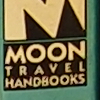
12/2.8 |
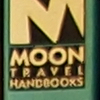
12/3.5 |
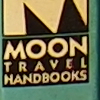
12/4.0 |
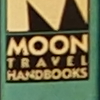
14/3.5 |
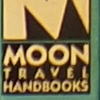
40/4.0 |
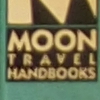
75/4.8 | |
Medium |

12/3.4 |
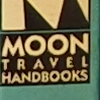
22/2.8 |
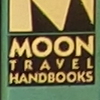
25/5.1 |
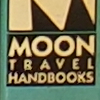
35/4.0 |
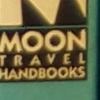
25/4.6 |
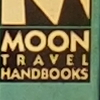
74/4.7 |
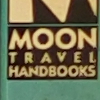
75/1.8 |
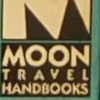
150/5.6 |
Long |

18/4.0 |
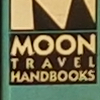
40/2.8 |
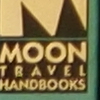
50/6.3 |
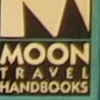
100/4.0 |
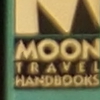
42/5.6 |
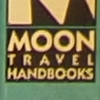
150/5.6 |
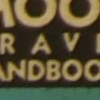
300/6.7 |
|
There is no doubt that, at full aperture, the three premium zooms look the best in this comparison. With the scene, however, not rich in detail, other lenses often come quite close for some focal lengths, especially the 40-150 medium tele. All lenses compared at optimum aperture In this comparison each lens is stopped down to the aperture at which it generated the best (in my naked-eye judgement) image of the Bookshelf scene. |
| 8-18/2.8-4.0 | 12-40/2.8 | 12-50/3.5-6.3 | 12-100/4.0 | 14-42/3.5-5.6 | 40-150/4.0-5.6 | 75/1.8 | 75-300/4.8-6.7 | |
Wide |
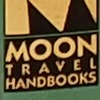
8/4.0 |
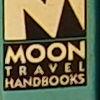
12/4.0 |
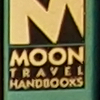
12/5.6 |
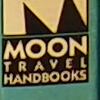
12/5.6 |
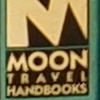
14/11 |
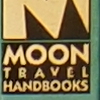
40/8.0 |
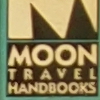
75/8.0 | |
Medium |
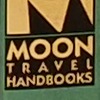
12/5.6 |
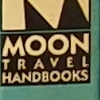
22/4.0 |
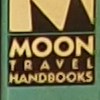
25/8.0 |
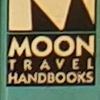
35/5.6 |
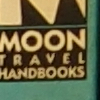
25/11 |
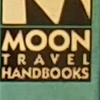
74/5.6 |
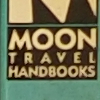
75/2.8 |
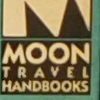
150/8.0 |
Long |
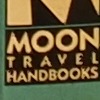
18/5.6 |
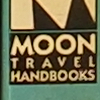
40/4.0 |
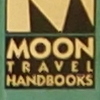
50/8.0 |
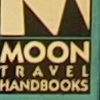
100/5.6 |
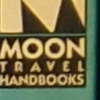
42/11 |

150/5.6 |
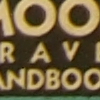
300/11 |
|
Note that the pancake 14-42 performs best at F/11; this means that the loss of detail due to diffraction is more than offset by reduction in other optical errors at smaller apertures (greater F-numbers). I was expecting the "best" aperture to be F/8 here. Surprisingly, the budget 40-150 zoom does its best job when fully open at 75 and 150 mm, something I would have never predicted. |

|
My other articles related to the |
| This page is not sponsored or endorsed by Olympus (or anyone else) and presents solely the views of the author. |
| Home: wrotniak.net | Search this site | Change font size |
| Posted 2017/04/23; last updated 2017/12/20 | Copyright © 2017 by J. Andrzej Wrotniak |